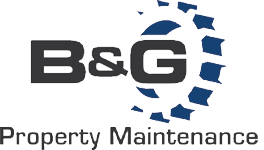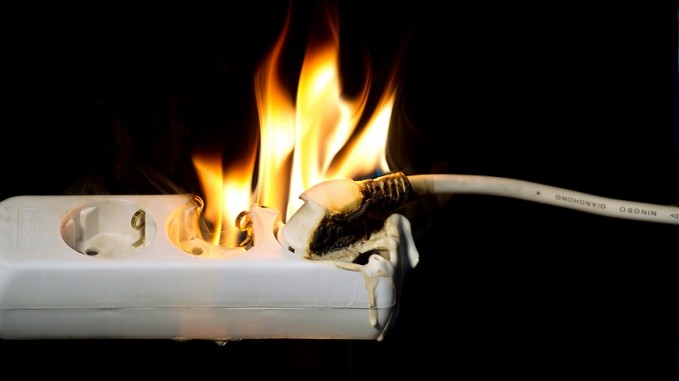Home Electrical Safety Tips: Part I
Keeping your home safe should be a top priority.
An estimated 25,900 residential building electrical fires were reported to fire departments within the United States each year. These fires caused an estimated 280 deaths, 1,125 injuries and $1.1 billion in property loss. The leading factors contributing to the ignition of residential building electrical fires were other electrical failure, malfunction (41 percent), unspecified short-circuit arc (25 percent), and short-circuit arc from defective, worn insulation (12 percent). Smoke alarms were present in 50 percent and automatic extinguishing systems were present in 2 percent of electrical fires that occurred in occupied residential buildings. Remember to always have smoke detectors and make sure to test them monthly. Here are some other things every home owner should know how to do to stay safe:
Listen to your breaker

A breaker that trips immediately after it is reset is alerting you that there is an electrical problem. Sometimes the breaker itself is to blame and in some cases there may just be too large of an electrical load operating on that circuit. However it is more likely that the breaker is tripping because there is a severe electrical problem. If you keep flipping that breaker, the fault may cause a panel fire.
Know when to fight and when to flee.

Firefighters recommend that if you have any doubt about fighting a fire, you’re best bet is to get out of the house as quickly as possible. Once you’re safely outside, call the fire department. If you decide that there’s a reasonable chance that you can fight a fire and win, then stand your ground, but don’t let the fire get between you and the exit.
Never throw water on an electrical fire.

Going for a water bucket or hose at the first sight of fire is natural, but not a good choice in the case of an electrical fire. Water conducts electricity (this is why you don’t want to be in a lake during a lightning storm), so throwing water on the fire could cause it to get larger. Instead, use a chemical fire extinguisher that can be purchased at most hardware stores.
Use your fire extinguisher effectively.
The first thing to do is to make sure the fire extinguisher charge date has not expired. If it has, either replace or recharge it immediately.

Also follow the PASS method:
*Pull the fire extinguisher’s safety pin.
*Aim the extinguisher nozzle at the base of the fire.
*Squeeze the extinguisher’s handle.
*Sweep the extinguisher’s nozzle in a side-to-side motion until the flames are out.
The most important thing is to be safe and remember to call 911 because the fire department is always the best option when a fire occurs.
B&G Electrical Contracting can help with all of you home electrical safety needs.


